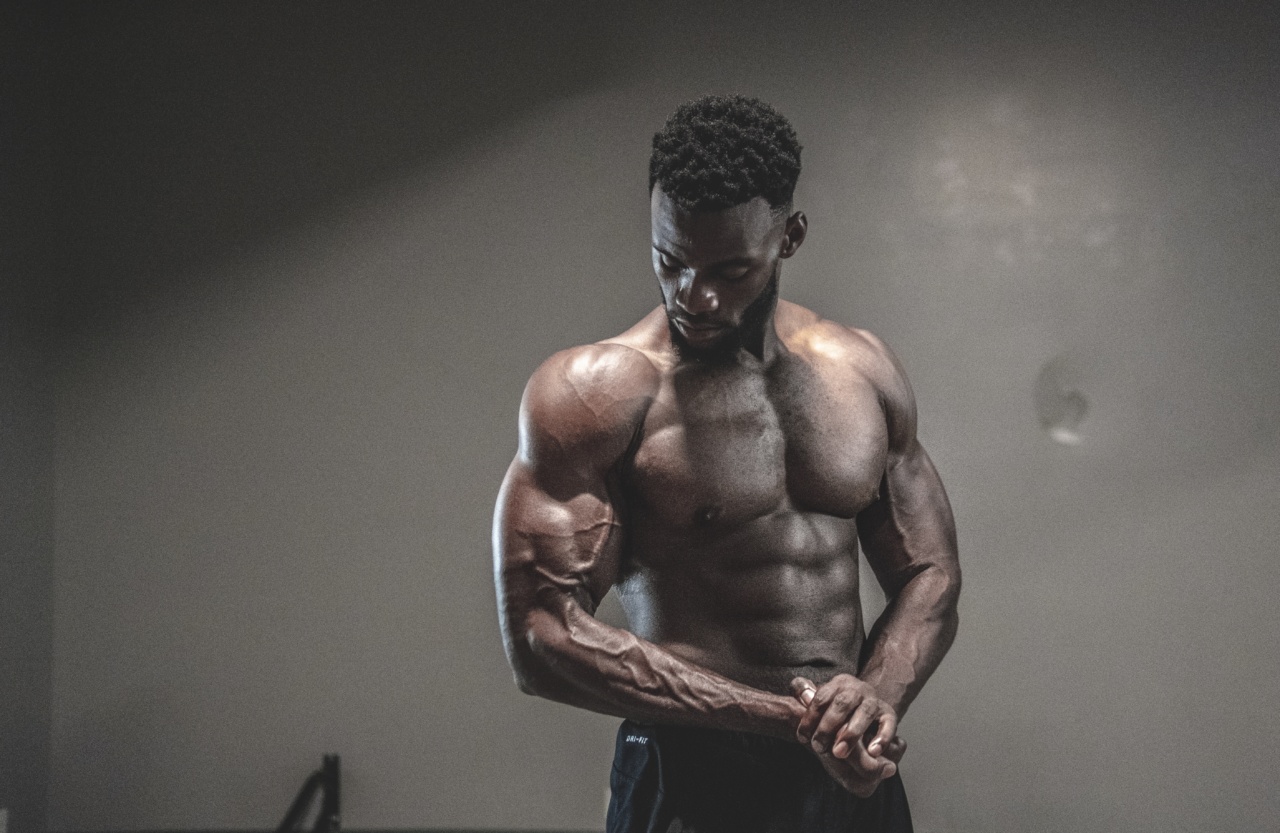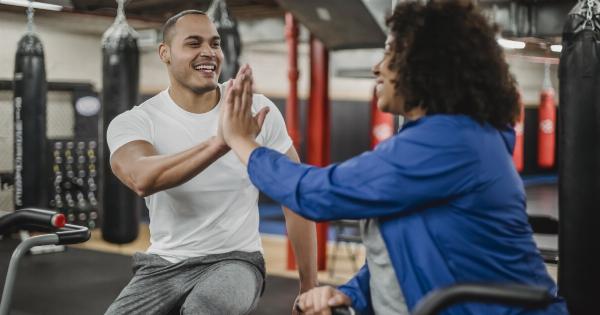The buttocks maximus, also known as the glutes, is one of the biggest muscles in the body. They power us through daily activities like walking, running, and sitting.
However, many people neglect these muscles in their workout routine, not realizing the incredible benefits that come from strengthening them. Unlocking the strength in your buttocks maximus can improve your posture, decrease your risk of injury, and enhance your athletic performance.
The Anatomy of the Buttocks Maximus
The buttocks maximus is a large muscle that spans across the hip joint, making it crucial for many lower body movements. It is composed of three different parts: the upper, middle, and lower glutes.
The upper glute fibers assist in hip extension and help to maintain good posture. The middle glute fibers are responsible for hip abduction, or moving your leg away from the center of your body.
Finally, the lower glute fibers are important for hip extension and external rotation, which are essential for tasks like climbing stairs and squatting.
The Benefits of Strengthening Your Buttocks Maximus
There are many benefits to strengthening your buttocks maximus:.
Improved Posture
Weak glutes can lead to an anterior pelvic tilt, which can cause lower back pain and a rounded posture. Building strength in your glutes can help to stabilize your pelvis and improve your posture.
Reduced Risk of Injury
The glutes play a key role in stabilizing the hip joint, which can help to prevent knee, hip, and lower back injuries.
Strengthening your glutes can also help to prevent common overuse injuries like iliotibial band syndrome and patellofemoral pain syndrome.
Increased Athletic Performance
Strong glutes can enhance your athletic performance, especially in sports that require explosive lower body movements like sprinting and jumping. Your glutes are also important for endurance activities like running and cycling.
Exercises to Strengthen Your Buttocks Maximus
Here are some exercises you can do to strengthen your buttocks maximus:.
1. Squats
Squats are a great exercise for your glutes. When done correctly, they work your entire lower body. To do a squat, stand with your feet shoulder-width apart, toes pointing forward.
Lower your body by bending your knees and pushing your hips back as if you were going to sit in a chair. Keep your knees over your toes and your back straight. Lower yourself until your thighs are parallel to the ground or as low as possible. Push through your heels to return to the starting position.
2. Lunges
Lunges work your glutes, as well as your quads and hamstrings. To do a lunge, stand with your feet together. Step forward with one foot, keeping your knee over your ankle.
Lower your body until your back leg is parallel to the ground and your front knee is bent at a 90-degree angle. Push through your front heel to return to the starting position.
3. Glute Bridges
Glute bridges are a great exercise to isolate your glutes. Lie on your back with your knees bent and feet flat on the ground. Place your arms by your side. Lift your hips off the ground, squeezing your glutes.
Hold for a few seconds, then lower your hips back to the ground.
4. Deadlifts
Deadlifts work your glutes, as well as your hamstrings and lower back. To do a deadlift, stand with your feet shoulder-width apart, toes pointing forward. Hold a barbell at hip height with an overhand grip.
Lower the barbell by bending your knees and pushing your hips back. Keep the barbell close to your shins. When the barbell reaches your knees, straighten your legs and push your hips forward to return to the starting position.
Tips for Maximizing Your Glute Workout
To maximize your glute workout, follow these tips:.
1. Use Proper Form
Proper form is crucial to prevent injury and get the most benefit from your workout. Make sure to keep your knees over your toes and your back straight when doing exercises like squats and lunges.
Avoid rounding your shoulders or arching your lower back when doing glute bridges and deadlifts.
2. Use Progressive Overload
Progressive overload means gradually increasing the weight or difficulty of your exercises over time. This helps to challenge your muscles and promote growth.
Start with lighter weights or bodyweight exercises, and gradually increase the difficulty as you get stronger.
3. Incorporate Cardiovascular Exercise
To see the best results, it’s important to combine strength training with cardiovascular exercise. This can help to reduce body fat, which can make your glutes more visible. Activities like running, cycling, or dancing are great options.
4. Allow for Rest and Recovery
Rest and recovery are essential for muscle growth and preventing injury. Make sure to take at least one rest day per week, and give your glutes at least 48 hours of rest between workouts.
A Powerful Muscle: The Buttocks Maximus
Your buttocks maximus is one of the largest and most powerful muscles in your body. By strengthening this muscle, you can improve your posture, reduce your risk of injury, and enhance your athletic performance.
Incorporate exercises like squats, lunges, and glute bridges into your workout routine, and follow the tips above to maximize your results.




























